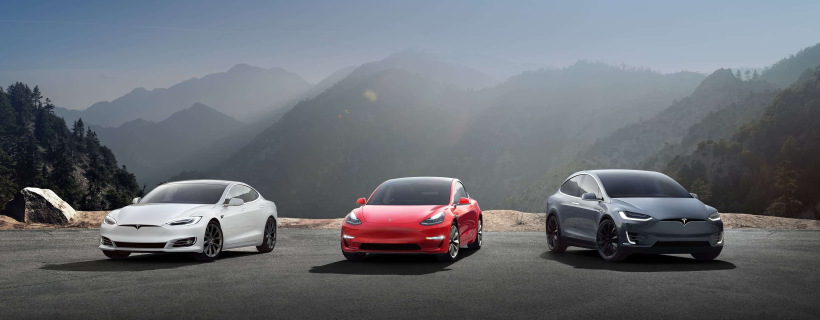This is the third consecutive quarter of favorable results that support Tesla having an outsized opportunity to play a key role in the future of mobility. As a reminder, there is typically a four-week lag between Tesla announcing deliveries and full financial results, so a holistic takeaway from a given quarter should be viewed with both of those releases in context.
Takeaways from the April 2nd delivery announcement:
- March quarter delivery numbers were up 40% year over year to 88.4k compared to the overall US auto industry down 29%, despite the Tesla-specific headwind of the elimination of the $1,875 US tax credit in the quarter.
Takeaways from today’s earnings announcement:
- Auto gross margins, which are foundational to sustained profitability, were better than expected. Shanghai Model 3 margins are already approaching Fremont Model 3’s and Model Y is already profitable in its first quarter of production. Auto gross margins of 20% were above the consensus of 16.8% and up sequentially over last quarter’s 18.9%. The debate around Tesla’s future is rooted in the likelihood that the company can sustain profitability, and today’s data points are positive signs for overall margins going forward.
- Commentary that the company can produce and deliver at least 500k vehicles in 2020 is a sign of confidence that the Shanghai and Model Y manufacturing processes are making measurable improvements and will not undergo the same production setbacks the company experienced ramping the Model 3. In the past, Elon Musk has described one of Tesla’s long-term competitive advantages as building the machine that builds the machine. Tonight’s comments are evidence of progress toward that goal.
- Free cash flow would have been positive if not for the inventory rebuild. Tesla had negative free cash flow of $895M, but inventory growth accounted for $981M. The biggest reason for the increase in inventory is that the pandemic-induced shutdown resulted in postponing the end-of-quarter delivery surge.
- Updated consensus estimates call for 403k total vehicle deliveries for 2020. While it’s dependent upon the unknown of when Fremont reopens, we see upside to that number and think it will fall somewhere in between that and Tesla’s prior guidance of 500k vehicles.
- Elon was asked about the possibility of offering FSD as a software subscription rather than a one-time purchase option when buying the car. He said Tesla does plan on offering it on a subscription basis by the end of this year. Our best guess at a monthly price is $100 to $150. We believe this would lead to higher uptake on FSD, which is a clear benefit to Tesla and the timeline for releasing autonomous driving features.
- On the call, the company mentioned that it exited the quarter with its largest-ever order backlog, indicating that demand is intact and growing despite several headwinds.
The liquidity outlook
Tesla did not give an update on the call regarding its cash position at the end of April. They exited the March quarter with $8.1B and should get a bump in cash with the delivery of 14k vehicles that were produced last quarter. Importantly, raw materials are the biggest use of cash and are a variable cost. We believe that variable cost dynamic will allow Tesla to navigate the next 18 months favorably.
Inching toward induction into the S&P 500
We think there is a 60% chance that Tesla is added to the S&P 500 by the end of 2020. For that to happen, the company must have a cumulative GAAP profit over the previous four quarters. The September quarter results should complete the company’s resume for induction, which would then be in November or December. The reason we have assigned it 60% probability is that June quarter earnings are virtually impossible to predict. If Tesla loses a significant amount in Q2, it could bring the four-quarter total below GAAP profitability. While being added to the index doesn’t change Tesla’s fundamentals, it would give the company’s shares a potential boost.
